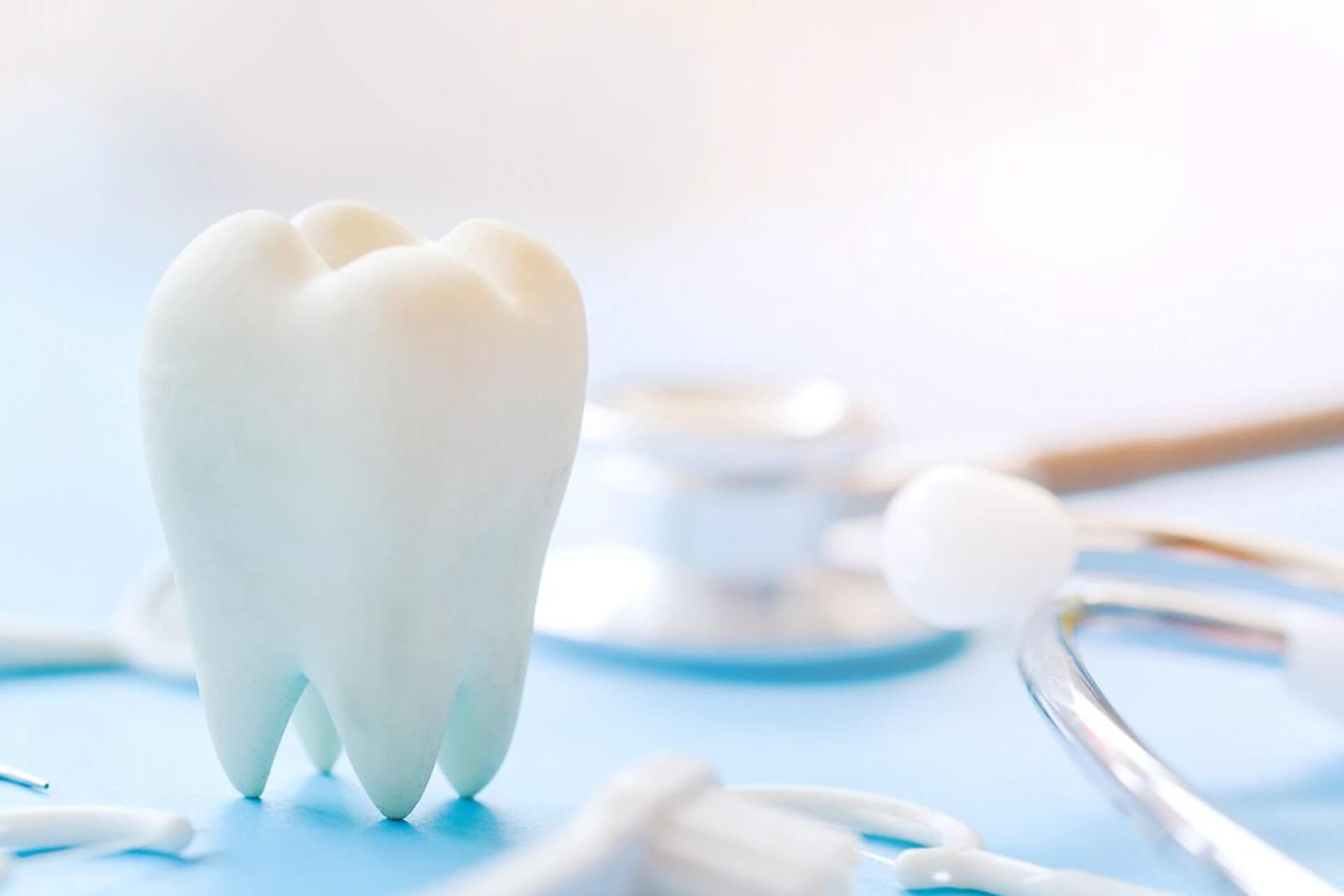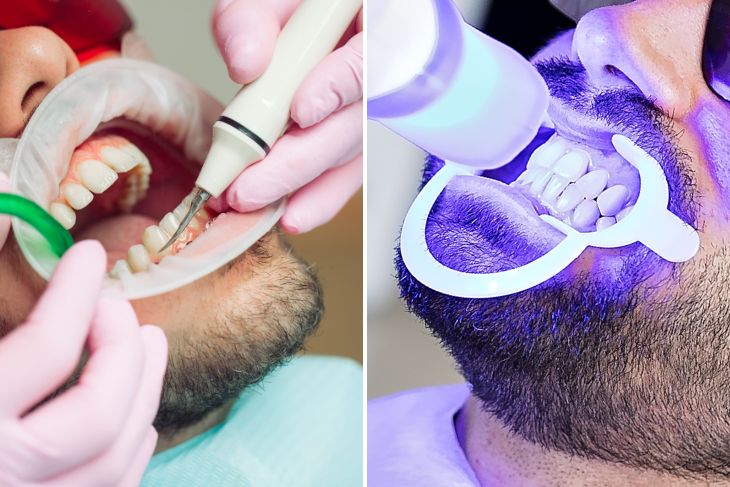
Teeth Cleaning V/S Teeth Whitening

Maintaining healthy teeth and gums is an essential part of overall health and well-being. Teeth cleaning and teeth whitening are two procedures that are commonly performed by dentists to improve the appearance and health of your teeth. While both procedures aim to improve your oral hygiene, there are significant differences between the two. In this blog, we will discuss the differences between teeth cleaning and teeth whitening.
Teeth Cleaning
Teeth cleaning, also known as prophylaxis, is a procedure that is performed by a dentist to remove plaque and tartar from the teeth. During a teeth cleaning procedure, the dentist will use specialized instruments to remove the build-up of plaque and tartar that can accumulate on the teeth over time. They will also polish the teeth to remove any surface stains and leave the teeth feeling smooth and clean.
Pros:
- Promotes oral health: Teeth cleaning is an essential part of maintaining good oral hygiene, as it removes plaque and tartar buildup that can lead to tooth decay and gum disease.
- Prevents bad breath: Teeth cleaning can help to prevent bad breath by removing bacteria and food particles that can cause unpleasant odors.
- Early detection of dental problems: During a teeth cleaning procedure, the dental hygienist will examine your teeth and gums for any signs of dental problems, such as cavities or gum disease.
Cons:
- Limited cosmetic benefits: While teeth cleaning can remove surface stains and leave your teeth looking cleaner, it will not significantly whiten your teeth.
- May cause discomfort: Some patients may experience discomfort during a teeth cleaning procedure, particularly if they have sensitive teeth or gums.
Teeth Whitening
- Teeth whitening is a cosmetic dental procedure that is used to lighten the color of your teeth. It is a safe and effective way to improve the appearance of your smile and boost your self-confidence. There are two main types of teeth whitening procedures: in-office whitening and at-home whitening.
- In-office whitening: In-office whitening is a procedure that is performed by a dentist in their office. During the procedure, the dentist will apply a high-concentration whitening gel to your teeth and use a special light to activate the gel. The procedure typically takes around an hour and can lighten your teeth by several shades.
- At-home whitening: At-home whitening involves using a customized tray and a lower-concentration whitening gel that is provided by your dentist. You will wear the tray for a specified amount of time each day, usually for several weeks, until you achieve the desired level of whitening.
Pros:
- Improves appearance: Teeth whitening can significantly improve the appearance of your teeth, making them look brighter and more attractive.
- Boosts confidence: Having a brighter, whiter smile can boost your self-confidence and improve your overall quality of life.
- Safe and effective: Teeth whitening is a safe and effective procedure when performed by a qualified dentist.
Cons:
- Temporary results: Teeth whitening is not a permanent solution and will need to be repeated periodically to maintain your results.
- Sensitivity: Some patients may experience sensitivity to hot and cold temperatures after a teeth whitening procedure, although this usually resolves within a few days.
- Cost: Teeth whitening can be expensive, particularly if you opt for an in-office procedure.
Conclusion
Teeth cleaning and teeth whitening are two procedures that are commonly performed by dentists to improve the appearance and health of your teeth. While teeth cleaning focuses on removing plaque and tartar build-up, teeth whitening is a cosmetic procedure that is used to lighten the color of your teeth. Both procedures can have significant benefits for your oral health and appearance, and the best option for you will depend on your individual needs and preferences. Consult with your dentist or reach out to us to know more.



